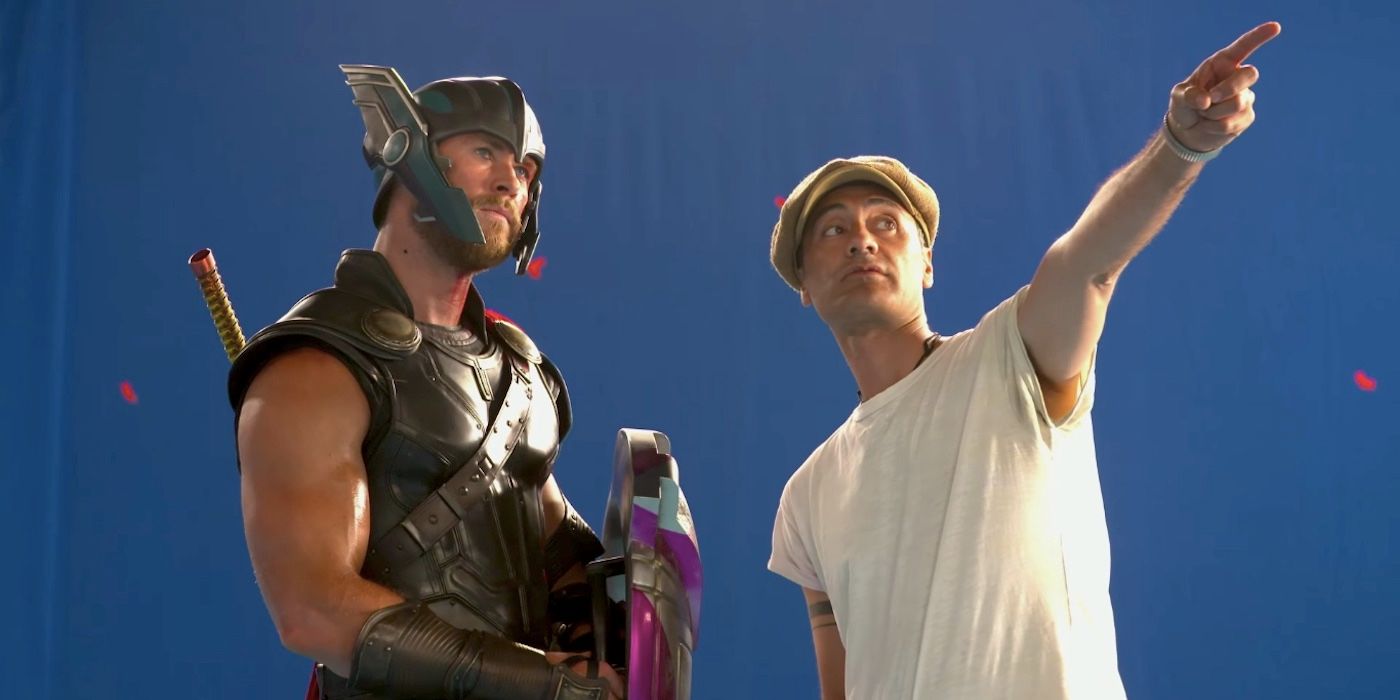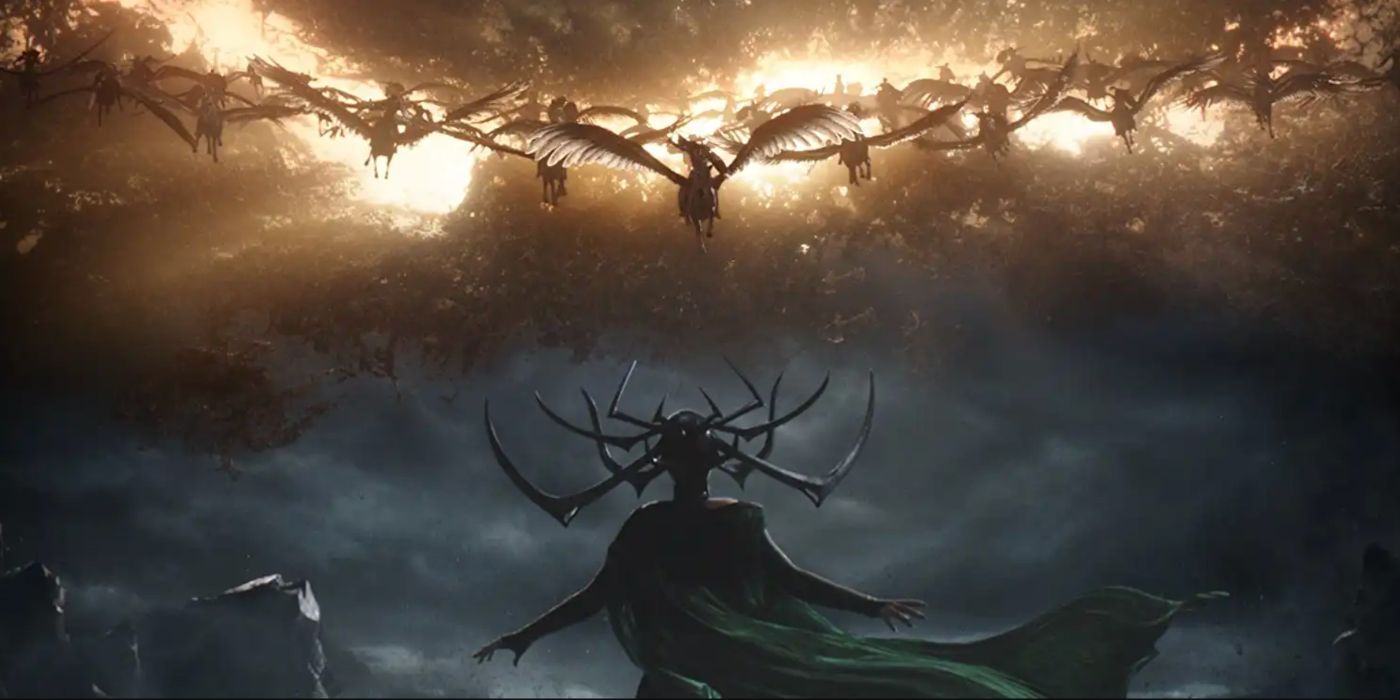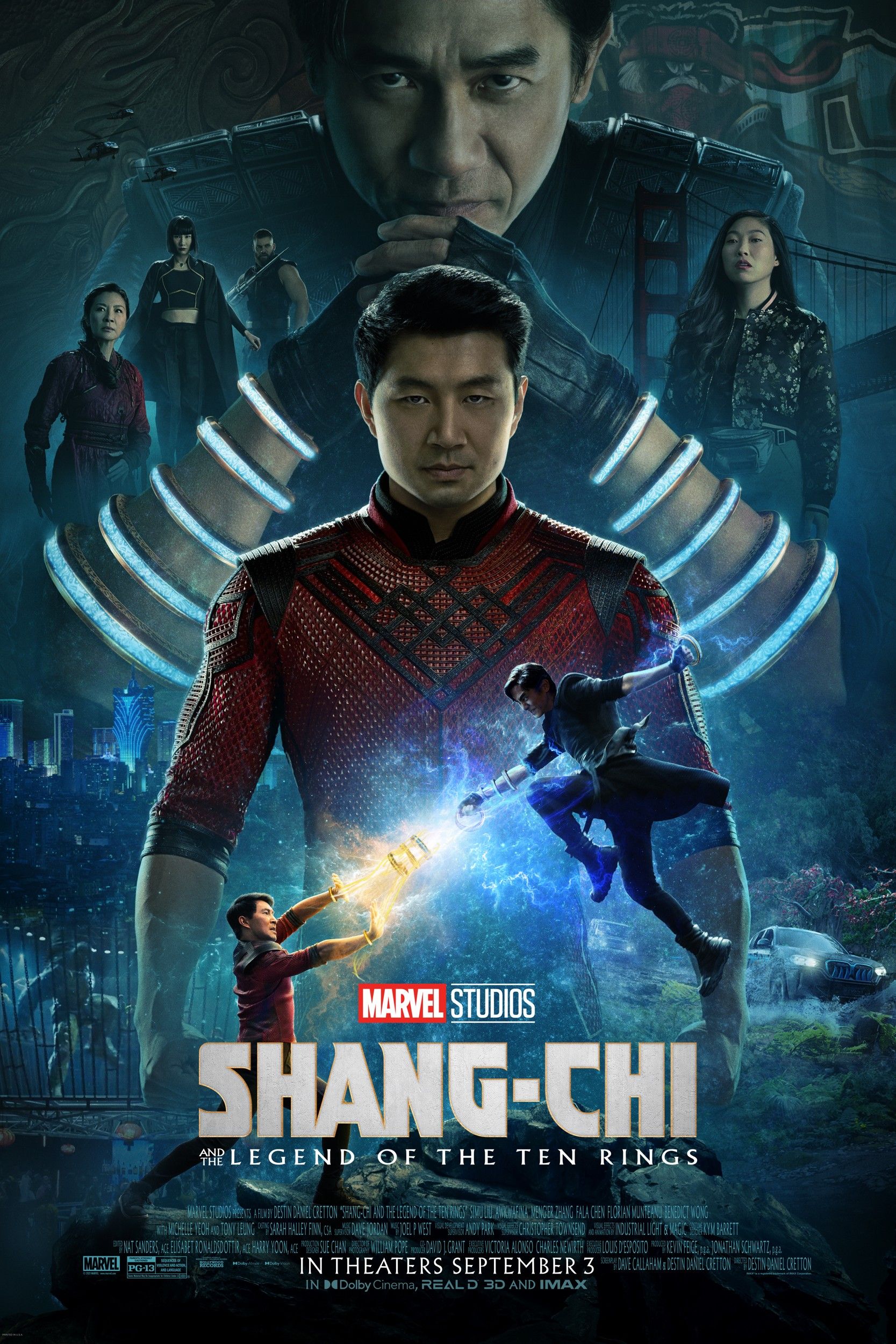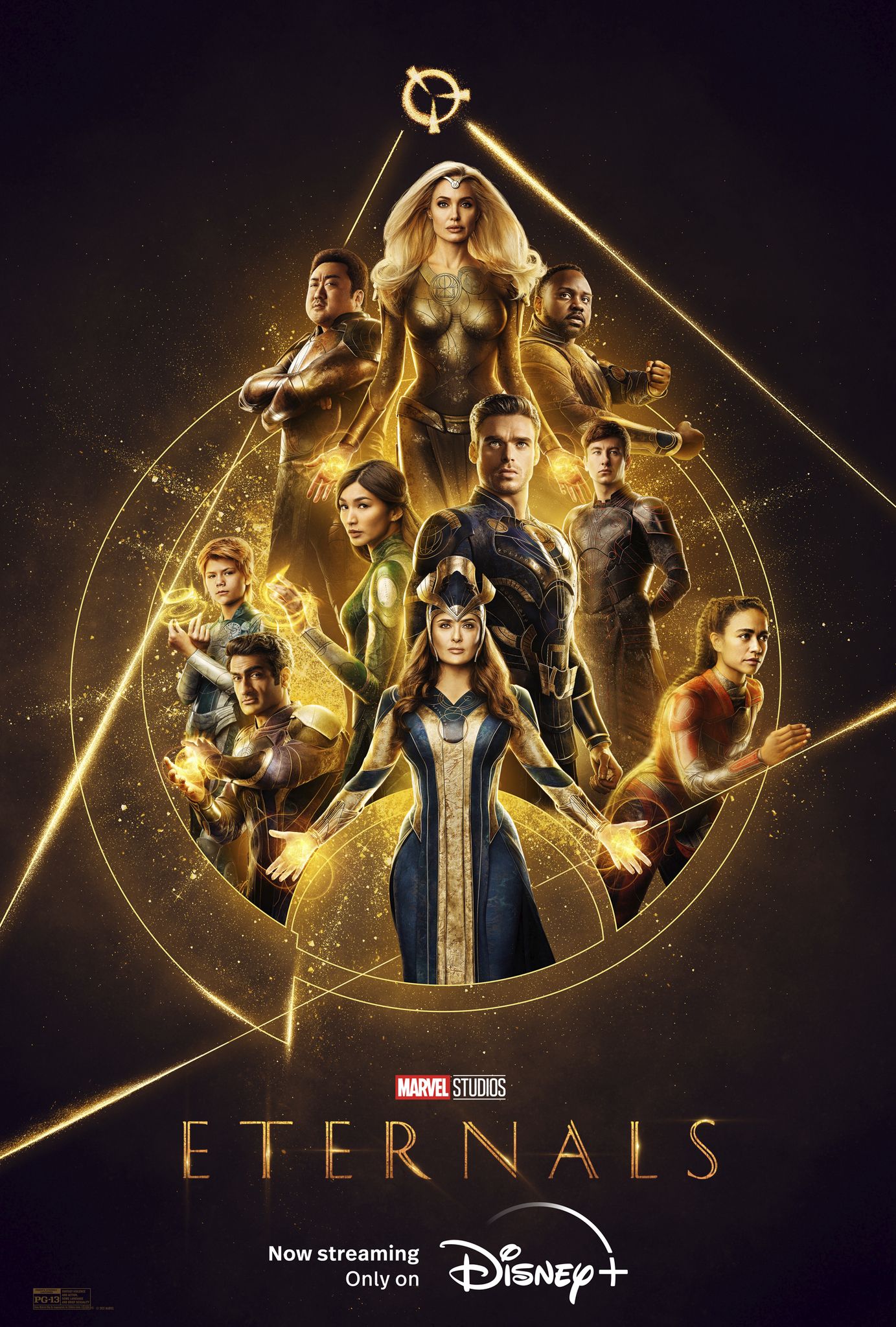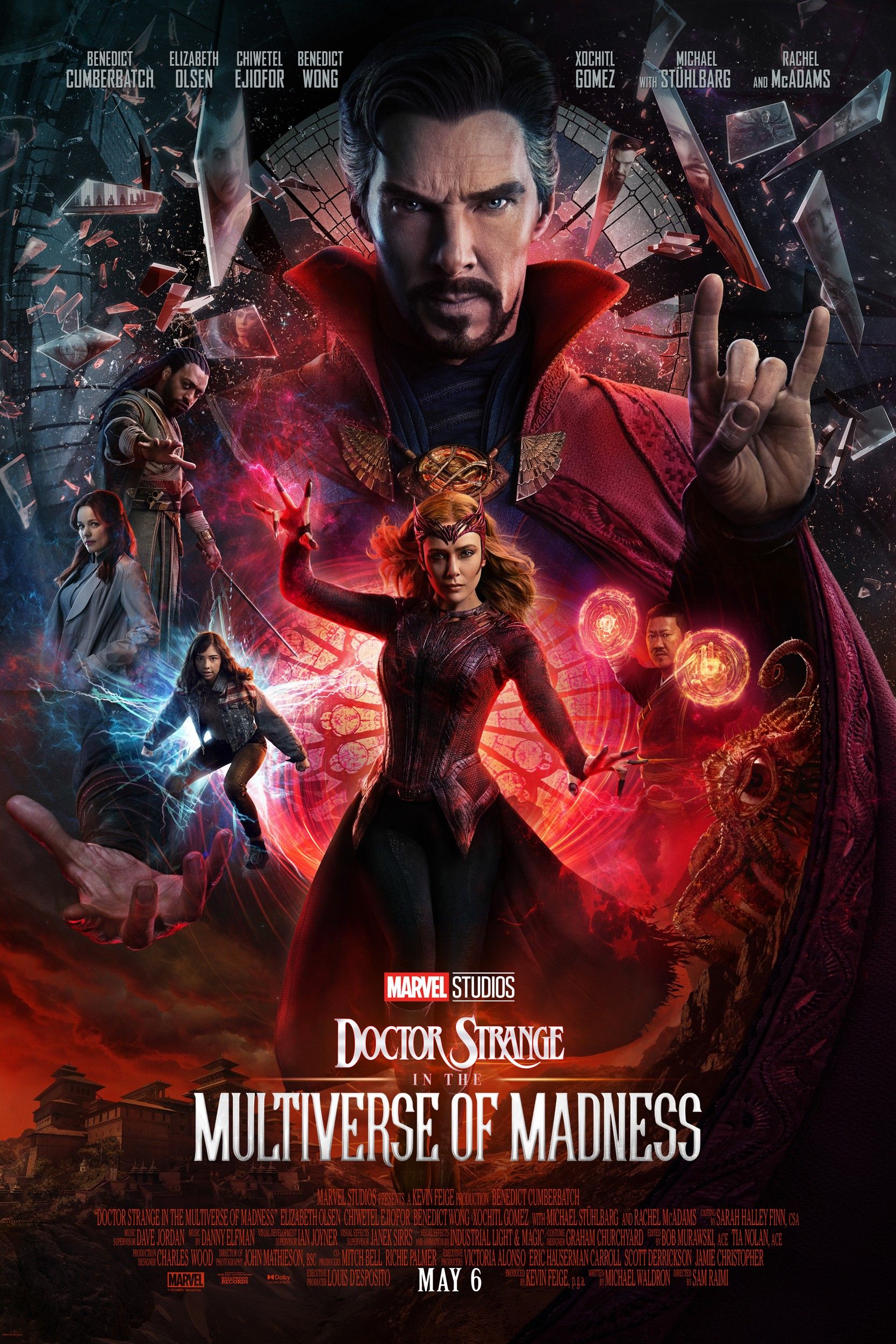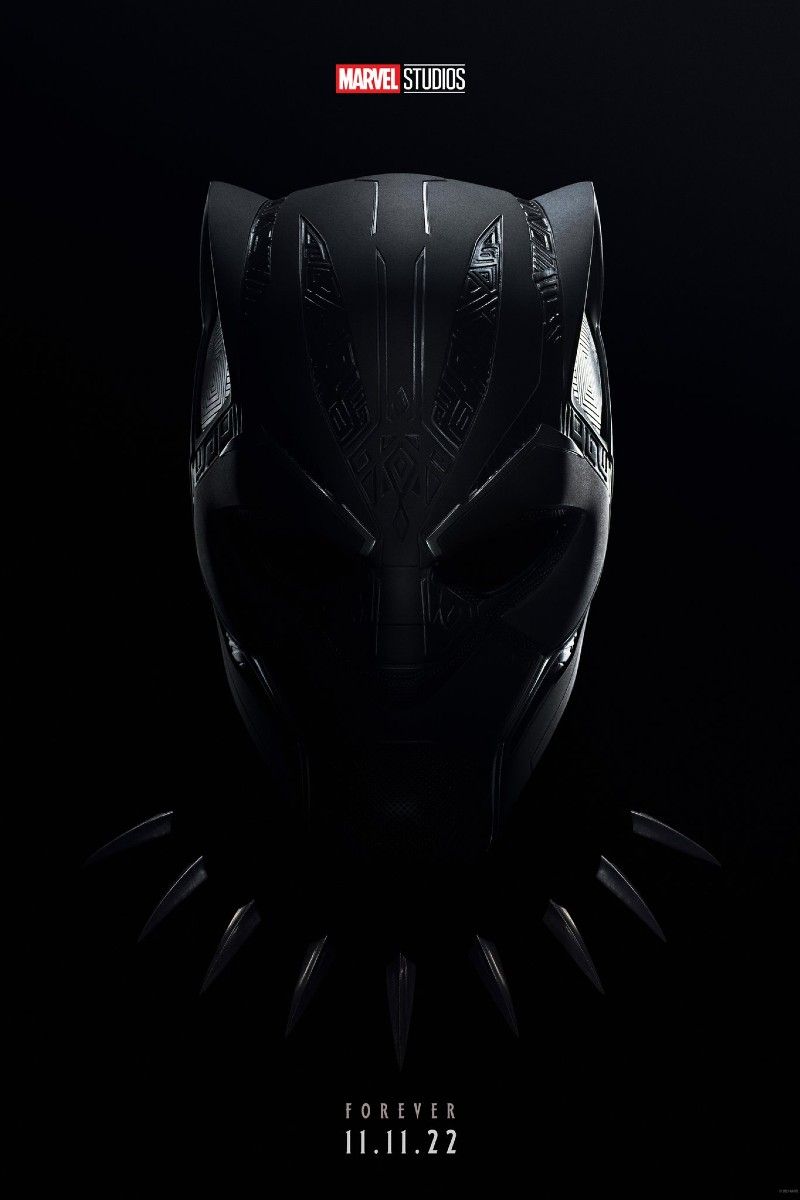Taika Waititi is excited about Thor 4's innovative filming technology. Following his revitalization of the Thor series after 2017's Ragnarok, Waititi was quickly brought back for a follow-up, despite the fact that Marvel's sub-franchisees generally end after a trilogy. Officially subtitled Love and Thunder, the film will also bring back Chris Hemsworth as Thor for his fourth solo outing, alongside returning characters Jane Foster (Natalie Portman), Valkyrie (Tessa Thompson), Sif (Jaimie Alexander), and Korg, voiced by Waititi.
The phase 4 film is expected to pick up where Avengers: Endgame left off, as Thor boarded the Benatar with Peter Quill (Chris Pratt) and the rest of the Guardians. It is still too early to tell where their cosmic adventures will take them, but they are expected to cross paths with some exciting new characters, namely the main villain Gorr the God Butcher, played by the incomparable Christian Bale, and Zeus, played by Russell Crowe. The film wrapped production several months ago, but not without several photos from the set surfacing online throughout filming.
Now, in an interview with Wired promoting his new film Free Guy which he stars in, the Thor 4 director expressed his excitement regarding some cutting-edge technology they used during the production of the Marvel film. Developed by the creative studio Satellite Lab, the technology is called PlateLight and uses a combination of high-speed lighting and slow-motion footage to capture multiple kinds of lighting setups within a single shot. Read Waititi's explanation of the innovative filming technology below:
When you break down that footage into increments of 24 frames per second, you have every single kind of lighting, all individually captured. So later you can choose your lighting in post-production.
This technology which Waititi used on Love and Thunder is an updated version of a technique that he previously used for Ragnarok, which was developed by the same Satellite Lab studio. Then, it was known as Dynamiclight and involved a special rig that moved light at speeds 8x faster than the speed of sound. This is how Waititi created Ragnarok's visually dynamic sequences, especially the flashback in which Hela (Cate Blanchett) takes on the Valkyries in slow motion. This footage was actually shot in 1,200 frames per second.
The PlateLight isn't the only innovative filming technology that was used on Thor: Love and Thunder. Waititi also filmed within one of Industrial Light and Magic's StageCraft LED sets, a virtual production technique popularized by Jon Favreau on The Mandalorian, which Waititi become acquainted with when he directed the show's season 1 finale. Ragnarok featured numerous visually striking sequences, and it will be incredibly exciting to see what Waititi was able to create this time around on Thor 4 with two new innovative filming techniques.
Source: Wired

